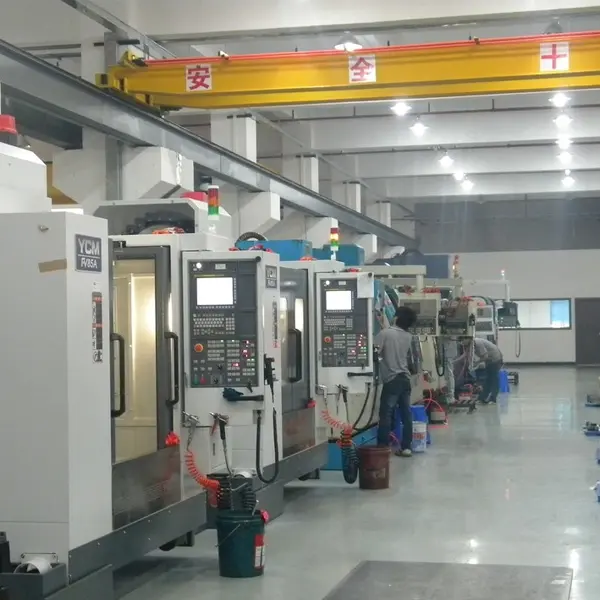- English
- Español
- Português
- русский
- Français
- 日本語
- Deutsch
- tiếng Việt
- Italiano
- Nederlands
- ภาษาไทย
- Polski
- 한국어
- Svenska
- magyar
- Malay
- বাংলা ভাষার
- Dansk
- Suomi
- हिन्दी
- Pilipino
- Türkçe
- Gaeilge
- العربية
- Indonesia
- Norsk
- تمل
- český
- ελληνικά
- український
- Javanese
- فارسی
- தமிழ்
- తెలుగు
- नेपाली
- Burmese
- български
- ລາວ
- Latine
- Қазақша
- Euskal
- Azərbaycan
- Slovenský jazyk
- Македонски
- Lietuvos
- Eesti Keel
- Română
- Slovenski
- मराठी
- Srpski језик
Where is hardware injection molding commonly used?
2025-06-16
Hardware injection molding (also known as insert molding or metal insert injection molding) is an advanced manufacturing process that is mainly used in situations where high-strength, high-precision metal parts (such as threaded inserts, conductive contacts, guide pins and sleeves, brackets, sleeves, springs, etc.) need to be integrated with engineering plastic parts. This technology precisely places pre-processed hardware into the injection mold and then injects molten plastic, so that the plastic firmly covers or fits the metal insert during the cooling and solidification process, thereby achieving a perfect combination of plastic and metal.
Hardware injection molding is widely used in the automotive industry to manufacture key components such as engine peripheral components, sensor housings, connectors, door lock actuators, interior trim buckles, etc., to meet their complex requirements such as structural strength, high temperature resistance, vibration resistance and lightweight. In the electrical and electronic industry, hardware injection molding is used to produce power plugs, switches, relays, sockets and various precision connector housings to ensure reliable electrical connections, insulation protection and durability for repeated plugging and unplugging. This process is also widely used in household appliances, such as washing machine counterweights, power tool housings, coffee machine internal structural parts, knob bases, etc., to enhance local load-bearing, wear resistance, torsion resistance and provide stable installation points.
The medical device field also benefits from hardware injection molding, which is used to manufacture surgical instrument handles that can withstand repeated disinfection, drug delivery devices with precise transmission structures, durable and reliable diagnostic equipment housings and connecting parts. Through hardware injection molding, not only the subsequent assembly process is significantly simplified (such as eliminating screw fixation or riveting), the number of parts and potential failure points are reduced, and the integrity, reliability and production efficiency of the product are improved. At the same time, it provides structural engineers with great design freedom to integrate multiple material properties (such as plastic insulation, light weight, easy formability and metal strength, conductivity, wear resistance) in a single component. It is an important technical approach to achieve functional integration and lightweight design in modern manufacturing.




